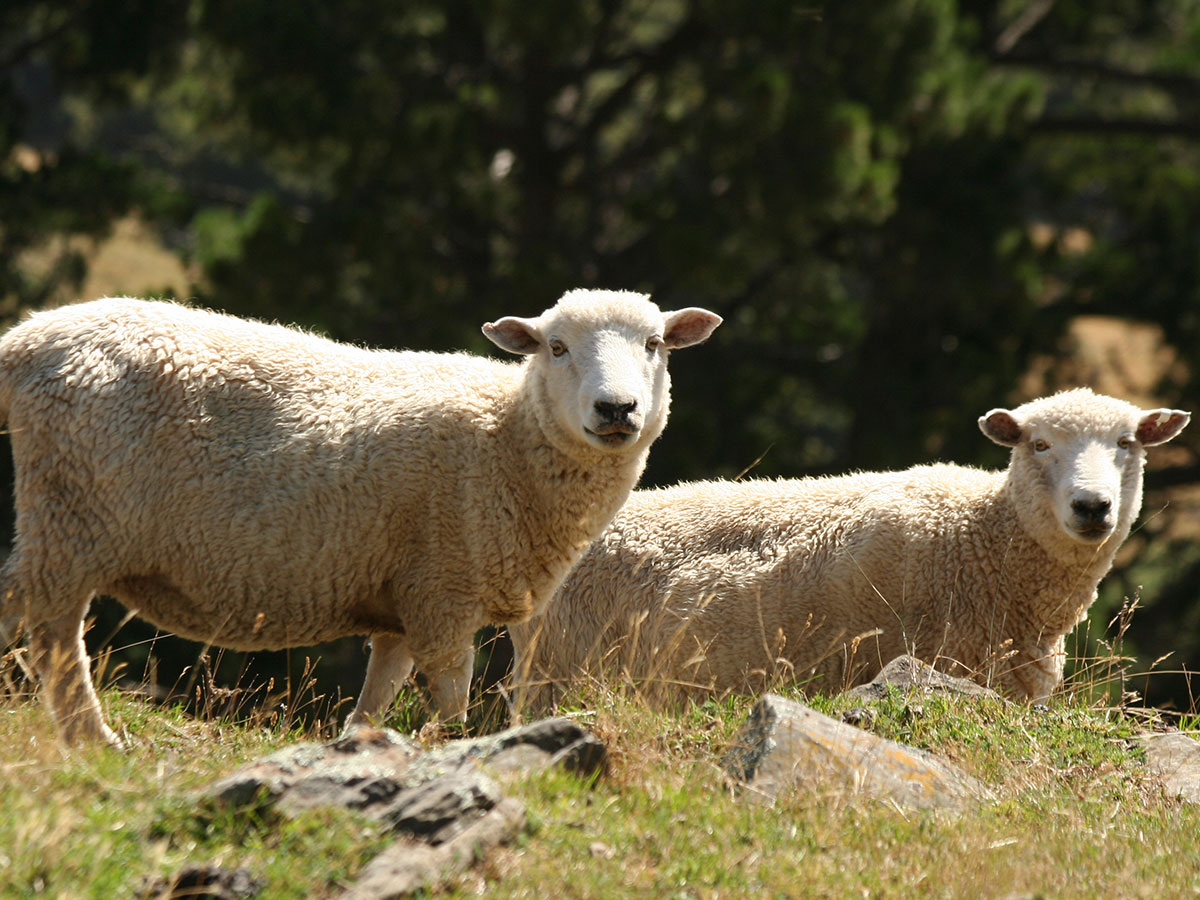Buying in footrot is never the plan but it is always a risk when purchasing new stock, and there are steps which can be taken to reduce this risk.
No one ever knowingly buys footrot, often getting caught out when we either don’t look or when there is nothing to see. It is important to inspect the mob and individuals for evidence of footrot upon purchase, looking for inflammation between the toes or in severe cases misshapen feet.
Be aware that in the dry parts of the state there may have been little chance for footrot lesions to progress. This is because signs of footrot appear during a spread period which occurs typically in warm moist conditions, meaning a sound looking mob coming from dry conditions may still be carrying footrot that is waiting for the right conditions to express.
Asking for a sheep health declaration when purchasing stock is also a helpful tool for assessing the risk of introducing footrot. It contains important information about the disease and treatment history of a mob, including footrot.
If you do suspect footrot then seek professional advice before proceeding with the purchase.
After purchase, when a mob arrives on farm, running them through a footbath of 10% zinc sulphate acts as a surface disinfectant for anything picked up in the yards or on the truck. However, this alone does not eliminate the risk with established infections. That is why it is important that the sheep are then kept in on farm quarantine until you are satisfied that there is no footrot. This is usually once they have gone through a period of warm moist conditions, typical of the end of spring. However, this process can take more than 12 months in the case of a failed spring.
The idea of on farm quarantine is to reduce the risk of introducing footrot to existing mobs. The footrot bacteria can only survive in the environment for a few days so it is safe to use a seven day rule. This means moving new sheep around from paddock to paddock or into the yards as usual but being sure to move them last and not allowing other sheep to cross the same path for seven days.
Footrot remains a notifiable disease, but there is currently little regulatory activity around footrot. This means that it is up to individual producers to manage the risks associated with the disease and its management on farm, which can be achieved with forward planning.
For more information check out the Footrot Fact Sheet
